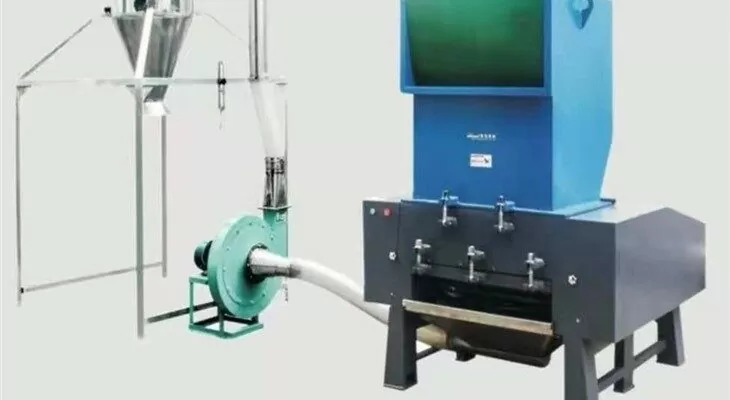Plastic waste is piling up everywhere. Landfills are overflowing, oceans are choking, and recycling efforts often fall short. The biggest culprit? Plastic bottles. They are lightweight, durable, and convenient—but they are also a nightmare for waste management. Tossing them in a bin isn’t enough. If they aren’t properly crushed, they take up valuable space and make recycling inefficient.

Crushing plastic bottles is the first step in effective recycling. It reduces their volume, making transportation and processing easier. The process involves sorting, removing contaminants, shredding, and finally, granulating the plastic into reusable material.
But how exactly do you crush plastic bottles efficiently? Should you do it manually or use machines? Let’s dive in.
Why Should You Crush Plastic Bottles?
Crushing bottles is not just about saving space. It has real benefits:
- Reduces volume – A crushed bottle takes up to 80% less space than an intact one.
- Prevents contamination – Flattened bottles prevent liquid residue from getting trapped, reducing mold and bacteria growth.
- Boosts recycling efficiency – Machines process smaller pieces faster, leading to better recycling rates.
Can You Crush Plastic Bottles by Hand?
Yes, but it’s not always practical. If you’re just disposing of household bottles, a simple manual crush works. Here’s how:
- Remove the cap – Air trapped inside can make crushing harder.
- Squeeze from the sides – Pressing the middle first makes the top and bottom collapse more easily.
- Step on it – A quick stomp finishes the job.
- Recycle properly – Don’t forget to place the crushed bottle in the correct bin.
But for businesses or large-scale recycling, this method won’t cut it.
What Machines Are Used to Crush Plastic Bottles?
In industrial settings, powerful machines make quick work of plastic bottles. Some key options include:
- Plastic crushers – Heavy-duty machines that break down bottles into smaller flakes.
- Shredders – These grind plastic into tiny pieces for easier processing.
- Granulators – They refine shredded plastic into uniform pellets for recycling.
At Amige, we specialize in high-efficiency plastic crushers designed to handle all kinds of plastic waste.
How Do Plastic Crushers Work?
A plastic crusher works by feeding bottles into a chamber with rotating blades. These sharp, high-speed cutters slice the bottles into small, uniform pieces. The crushed plastic then moves through a mesh screen, ensuring only the correct-sized flakes pass through.
Advanced models come with:
- Automatic feeding systems – No need for manual handling.
- Dust and noise reduction features – Makes operation smoother.
- High-efficiency motors – Reduces energy consumption while maximizing output.
What Happens After Crushing?
Crushing is just step one. Afterward, the plastic flakes go through:
- Washing & Drying – Removes labels, adhesives, and residues.
- Sorting – Different plastics are separated for better recycling.
- Melting & Pelletizing – The plastic is melted and reformed into pellets.
- Re-manufacturing – Pellets are used to create new bottles, textiles, or other plastic products.
This closed-loop system reduces waste and conserves resources.
Is It Better to Crush Bottles with Caps On or Off?
Leaving caps on might seem convenient, but it’s a big mistake. Caps are usually made from different plastic types (like PP vs. PET). If bottles and caps mix in recycling, they contaminate the batch. Plus, air trapped inside capped bottles makes crushing harder and more dangerous.
Always remove caps before crushing. Better yet, recycle them separately!
Conclusion
Crushing plastic bottles is an essential step in recycling. Whether you do it manually or use industrial crushers, the goal is the same: reduce waste and make recycling more efficient. Businesses looking for large-scale solutions should invest in high-performance plastic crushers like those we offer at Amige.
Ready to take your plastic recycling game to the next level? Check out our machines today! Visit our site.
